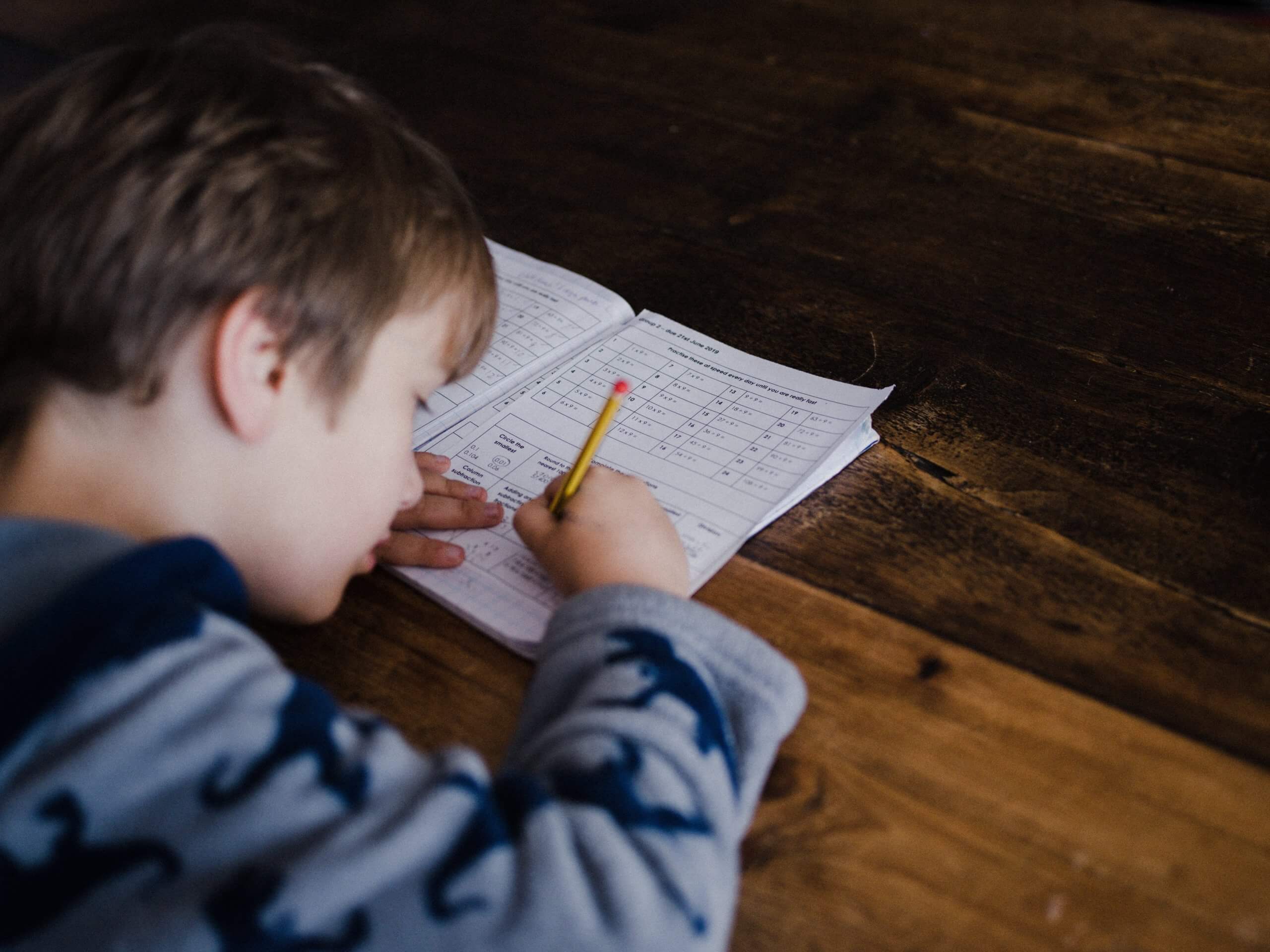There is some truth in the consistent application of fundamentals. Sometimes, cutting-edge techniques aren’t necessary because the traditional methods work so well. If it isn’t broken, then don’t try to fix it. Study techniques often fall into this category. You don’t have to reinvent the wheel to succeed in school. Instead, try to consistently apply the fundamentals of learning. There’s a good reason why notecards and practice problems have been around since the dawn of formal education. When your child is looking for an edge to ace a chemistry test, perhaps it’s best to look at tried and true study techniques.
That being said, sometimes a slight variation of a tried and true practice really opens up its potential. As we learn more about neurochemistry and the science of learning, slight modifications of ancient study techniques can help every student unlock their academic potential. And that is what this post is all about; how can we modify an old method to make it even more effective?
The answer is interleaved practice. Most studying, besides the anemic “looking over notes,” necessitates some kind of practice. However, not all practice is equal. We can separate “practice” into two different categories: “massed practice” vs. “interleaved practice.” Massed practice is how we typically approach learning. We work through a set of similar problems until we attain a perceived level of mastery and then move on. Interleaved practice, on the other hand, provides a much better path to mastery.
Interleaved practice adds an added level of mystery to our learning by mixing up the types of challenges we face. For example, the University of California Polytechnic baseball team utilizes this idea in batting practice. Almost everyone on the team can hit a curveball if they know it will be a curveball. Therefore, practicing hitting pitch by pitch (1. curveballs, 2. fastballs, 3. sliders, etc.) becomes relatively ineffective. In a game scenario, the batter has no idea what pitch will be thrown. Practice needs to mimic this level of uncertainty if it is going to lead to true mastery.
The same is true for solving math problems, memorizing elements and ions, or learning Spanish vocabulary. We need to utilize interleaved practice to truly master the material. When studying for a math test, encourage students to practice a few problems from each section of the chapter in one sitting, mimicking what they will see on test day. For chemistry, students should practice a wide variety of questions and chemical equations, including ones from past quizzes. In this manner, they review for a cumulative exam later on and intersperse rote memorization with active recall. For Spanish, mix “curveballs” into ordinary studying by working in stem-changing verbs or vocabulary from past chapters.
Contrary to popular belief, practice does not make perfect. Only perfect practice makes perfect. Teaching students to utilize interleaved practice will lead to higher levels of mastery, better test scores, and boosted confidence. Happy studying!
For more ideas on how to help your student reach his or her academic potential, check out our other resources. For a more personalized approach, reach out to see if our unique one-on-one academic coaching program is the right fit for your family.





